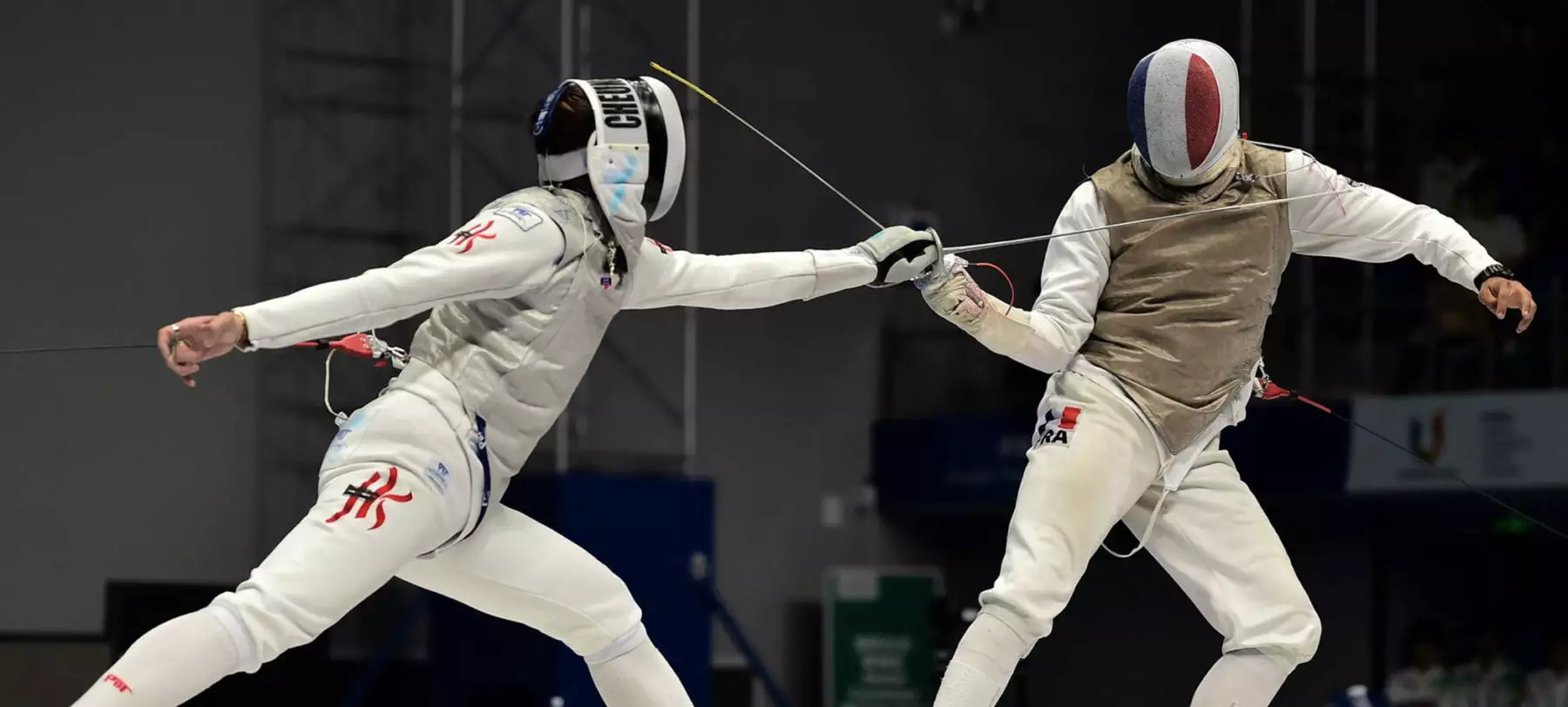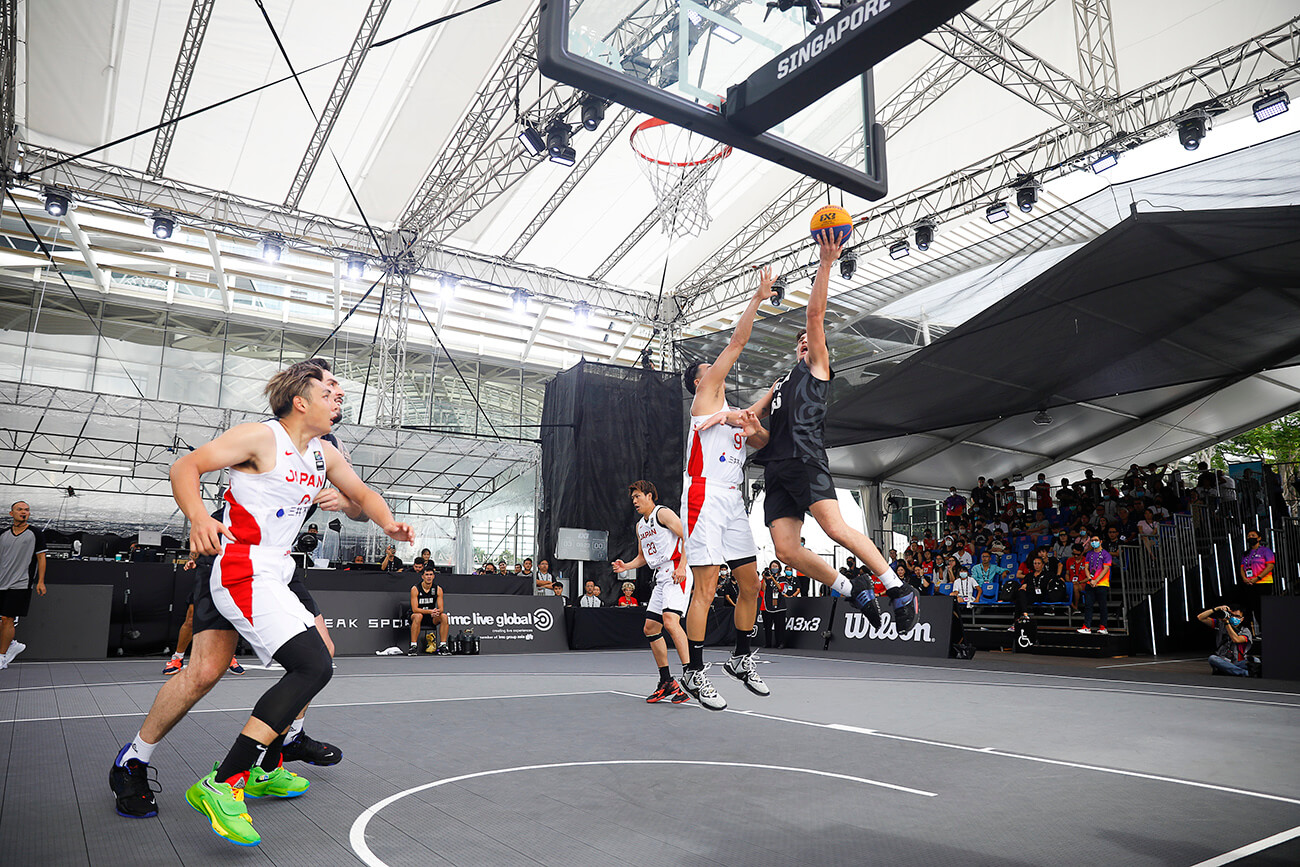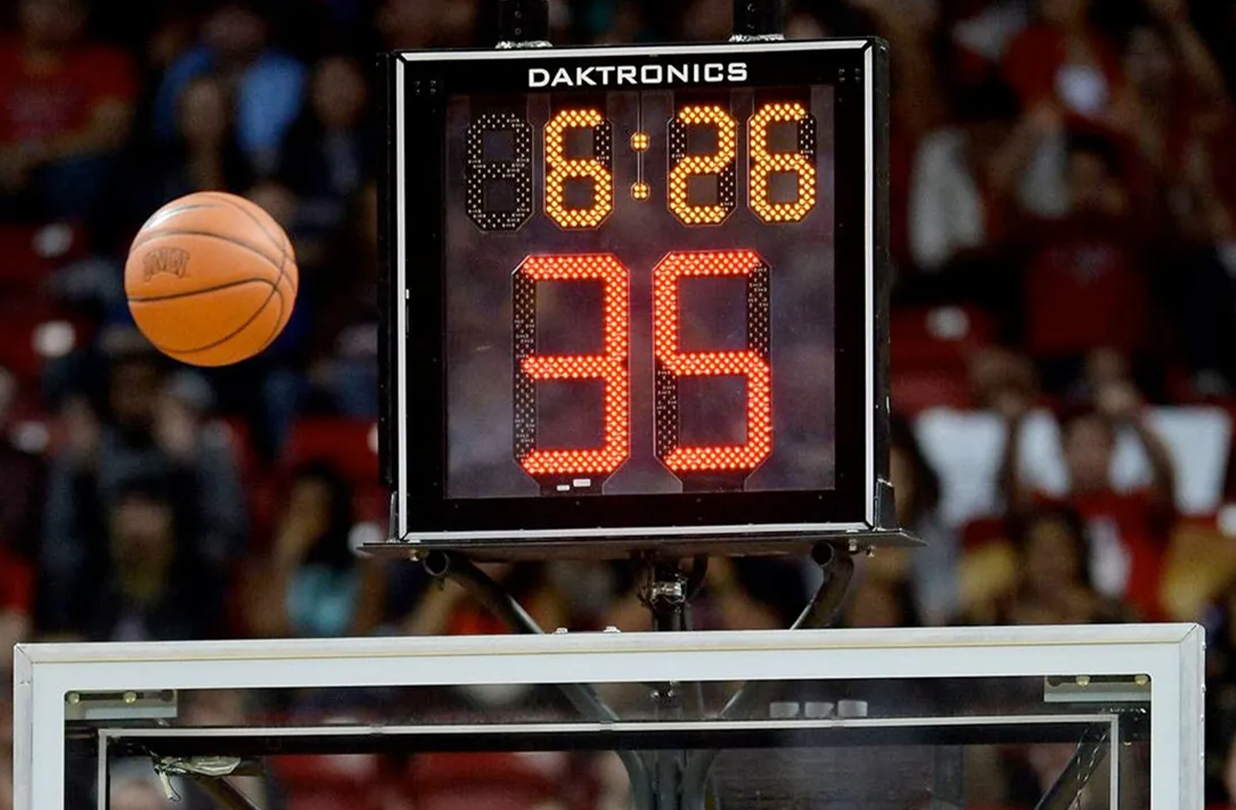Fencing is a dynamic sport that combines agility, strategy, and precision. Governed by the Fédération Internationale d’Escrime (FIE), fencing comprises three disciplines: foil, épée, and sabre, each with distinct rules and target areas. In foil, the valid target is the torso, and points are scored with the tip of the blade, following the “right-of-way” rule to determine which fencer earns the point when both land touches simultaneously. Épée allows hits on the entire body without right-of-way considerations, awarding points to both fencers if they hit simultaneously. Sabre targets the upper body, including the head and arms, and also uses right-of-way rules, but points can be scored with the edge of the blade as well as the tip .
Matches take place on a 14-meter-long and 1.5 to 2-meter-wide strip called the piste. Fencers must remain within this area; stepping off results in penalties, such as awarding a point to the opponent. Before a bout, fencers are required to salute each other and the referee—a gesture of respect integral to the sport’s tradition. Failure to do so can lead to disqualification. The bout begins with both fencers in the “en garde” position, and the referee signals the start .
Safety and fair play are paramount in fencing. Fencers must wear protective gear, including masks that pass a 12kg punch test, jackets, gloves, and, for women, chest protectors. Electronic scoring systems detect valid touches, ensuring accurate point allocation. Penalties are enforced through a card system: yellow for minor infractions, red for serious offenses, and black for severe violations like unsportsmanlike conduct or refusal to salute, which can lead to exclusion from the competition . These regulations uphold the sport’s integrity, emphasizing respect, discipline, and safety.






